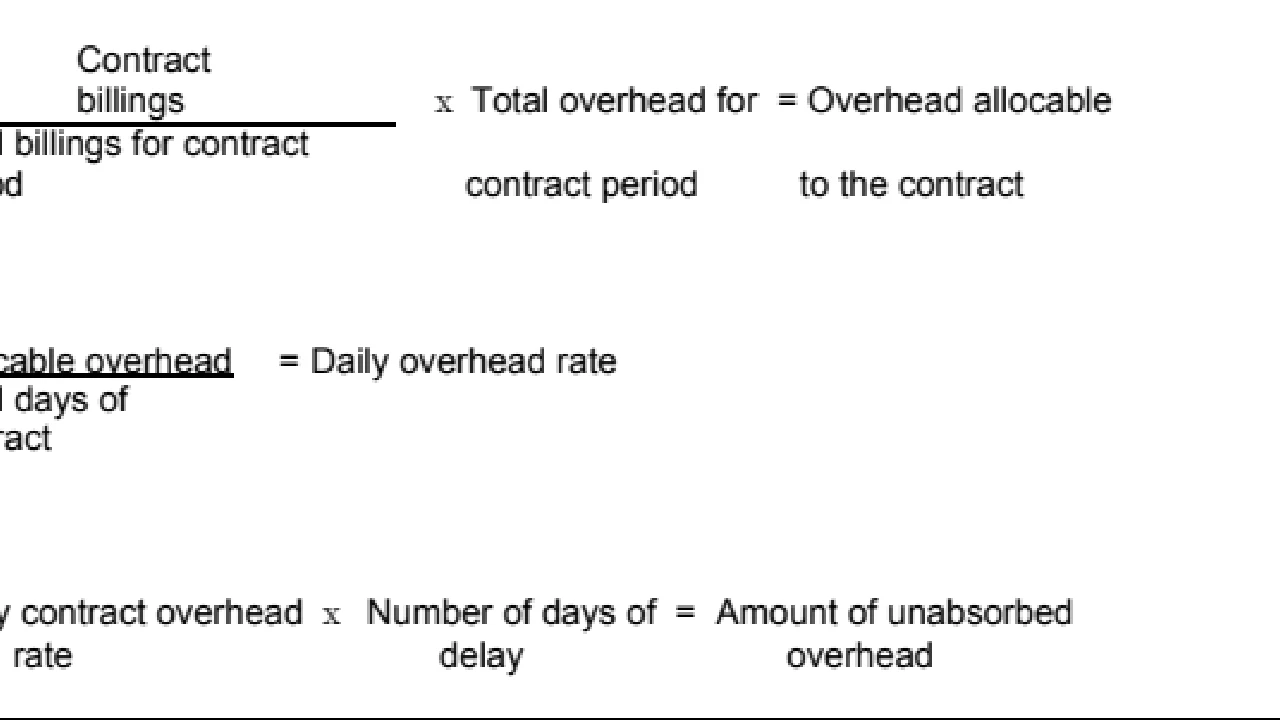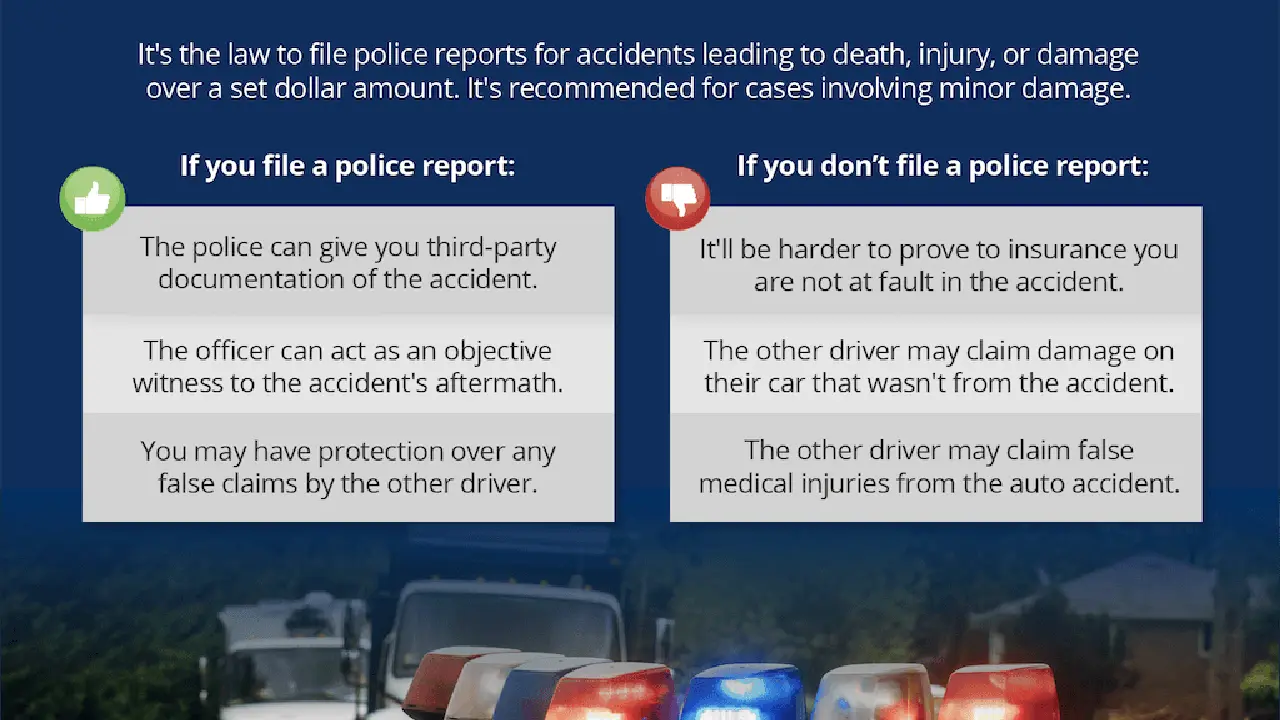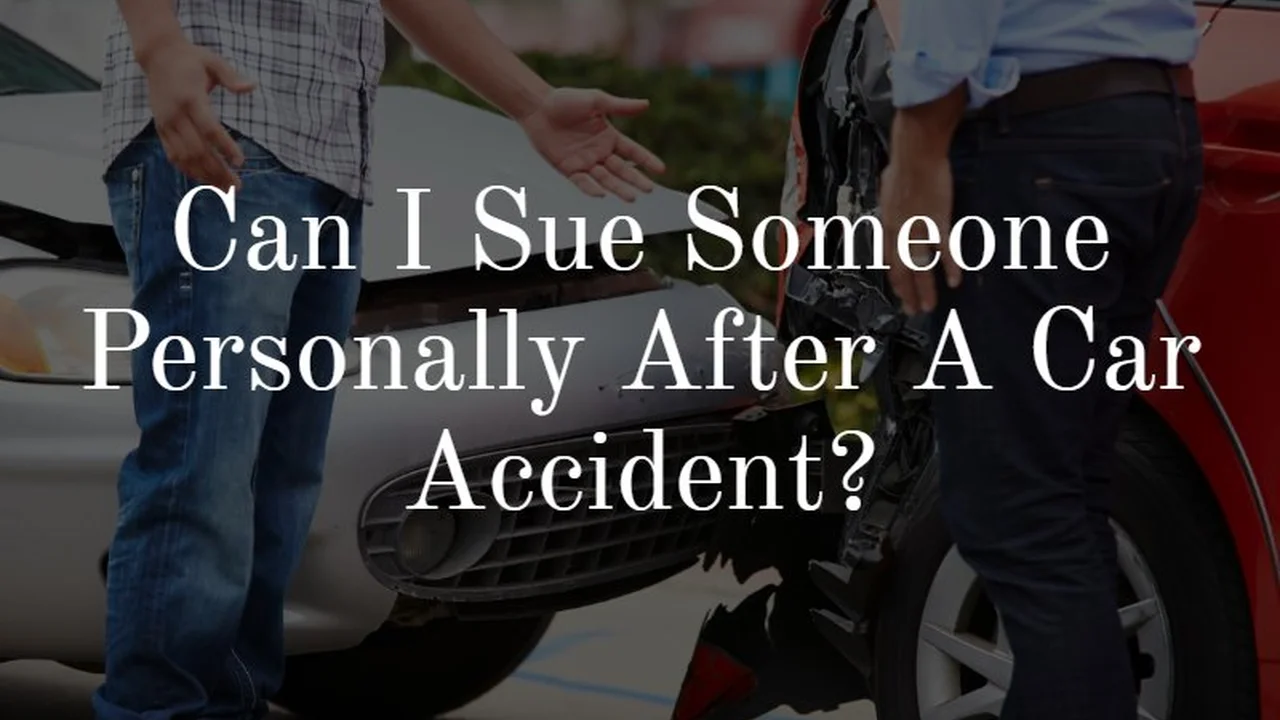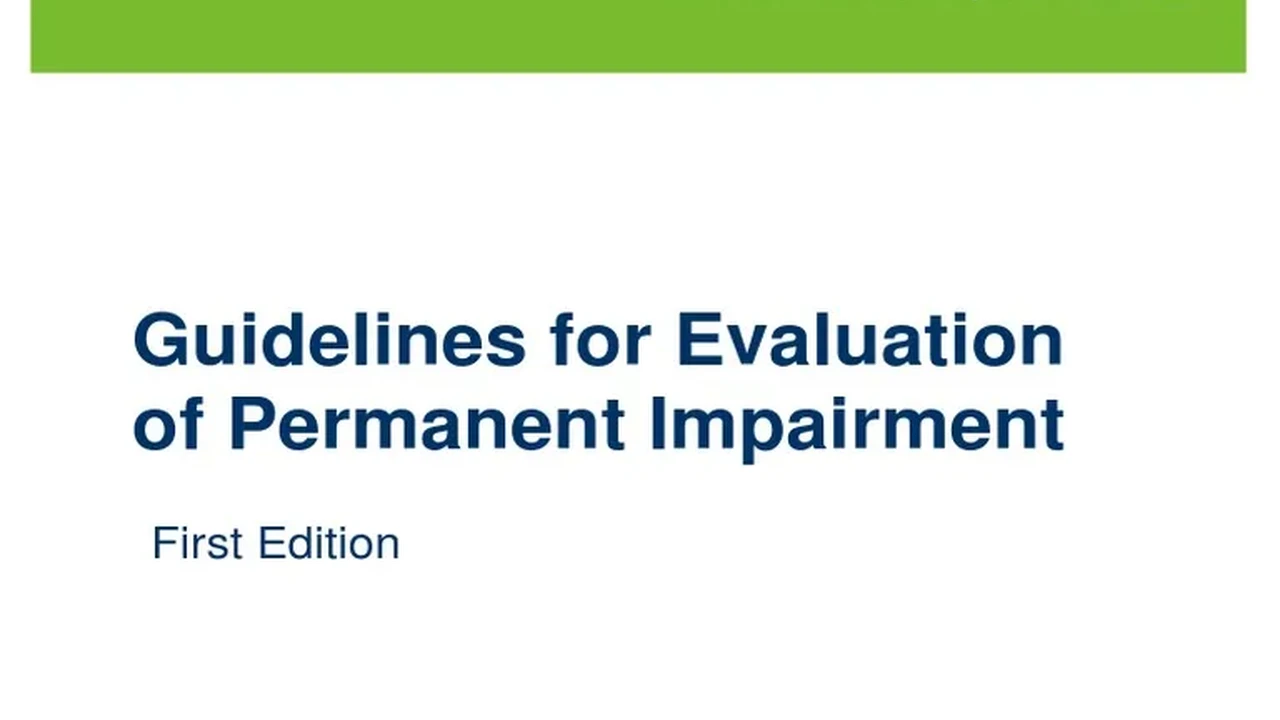Calculating Your Damages: Beyond the Cost of Repairs

Understanding Economic Damages in Car Accident Claims
Okay, so you've been in a car accident. First off, I hope you're alright. Beyond the initial shock and getting your car towed, you're probably thinking about repairs. That's totally normal! But here's the thing: car repairs are just the tip of the iceberg when it comes to calculating your *real* damages. We're talking about economic damages – the stuff that directly hits your wallet. Think lost wages, medical bills, and even diminished vehicle value. Let's break it down.
Lost Wages: Documenting Your Income Loss After an Accident
Missed work because of the accident? That's lost income! Document *everything*. Pay stubs, tax returns, letters from your employer stating your normal wage and the dates you missed – all crucial. If you're self-employed, things get a little trickier, but bank statements, invoices, and profit and loss statements can help paint a clear picture of your lost earnings. Don't forget to include potential future lost wages if your injuries prevent you from working at your full capacity down the road. Get a doctor to back this up with a written prognosis. Seriously, lost wages can add up fast, so meticulous documentation is key to maximizing your claim.
Medical Expenses: Beyond the Initial Doctor's Visit
This is a big one. Medical bills after a car accident can be astronomical. Keep records of *every* doctor's visit, physical therapy session, prescription, and medical device. Even over-the-counter medications prescribed by your doctor count! Make sure you have copies of all bills and Explanation of Benefits (EOBs) from your insurance company. If you require ongoing treatment, project future medical expenses with the help of your doctor. This isn't just about the bills you've already received; it's about the costs you'll incur in the future as a direct result of the accident. Don't underestimate this – future medical care can be a significant portion of your settlement.
Diminished Vehicle Value: Recovering Loss from an Accident
Even after your car is repaired, it's often worth less than it was before the accident. This is called diminished value. Think about it: would you rather buy a car with a clean history or one that's been in a major accident, even if it's been perfectly repaired? Most people would prefer the former. To claim diminished value, you'll need an independent appraisal from a qualified appraiser who specializes in diminished value assessments. They'll assess the pre-accident value of your car, the post-repair value, and calculate the difference. This difference is what you'll claim. State laws vary on whether you can claim diminished value, so check your local regulations.
Exploring Non-Economic Damages in Car Accident Claims
Okay, now let's get into the less tangible, but equally important, stuff: non-economic damages. This is where things get a little more subjective because we're talking about things like pain, suffering, and emotional distress. It's harder to put a dollar amount on these, but they're a real consequence of being in a car accident, and you deserve to be compensated for them.
Pain and Suffering: Quantifying Your Physical and Emotional Distress
Pain and suffering is compensation for the physical pain and emotional distress you experience as a result of the accident. This includes things like physical pain, discomfort, emotional anguish, anxiety, depression, and loss of enjoyment of life. There's no magic formula for calculating pain and suffering, but insurance companies often use a multiplier method, where they multiply your economic damages (medical bills, lost wages, etc.) by a factor of 1.5 to 5, depending on the severity of your injuries and the impact on your life. The more severe your injuries and the greater the impact on your daily life, the higher the multiplier. Document everything! Keep a journal detailing your pain levels, emotional state, and how the accident has affected your ability to do things you used to enjoy. This will help you build a strong case for pain and suffering.
Emotional Distress: Documenting Anxiety Depression and PTSD
Car accidents can be incredibly traumatic, leading to emotional distress, anxiety, depression, and even post-traumatic stress disorder (PTSD). If you're experiencing these symptoms, it's crucial to seek professional help from a therapist or psychiatrist. A diagnosis of anxiety, depression, or PTSD can significantly strengthen your claim for non-economic damages. Keep records of your therapy sessions, diagnoses, and any medications you're taking. Your therapist can also provide a written statement detailing the impact of the accident on your mental health. Don't underestimate the emotional toll of a car accident; it's a real and valid form of damage.
Loss of Enjoyment of Life: Reclaiming Your Quality of Life
This refers to the ways the accident has diminished your ability to enjoy life. Can't play sports anymore? Can't go hiking? Can't spend time with your kids without pain? These are all examples of loss of enjoyment of life. Document the activities you used to enjoy and how the accident has prevented you from participating in them. Gather statements from family and friends who can attest to the changes they've observed in your lifestyle. Loss of enjoyment of life is about the things you can no longer do, and it's a crucial component of non-economic damages.
Navigating the Claims Process: Essential Tips for a Successful Outcome
Okay, so you know what damages you're entitled to. Now, how do you actually get them? Navigating the claims process can be daunting, but here are some essential tips to help you get a fair settlement.
Documentation is Key: Building a Strong Evidence Base for Your Claim
I can't stress this enough: document *everything*. Police reports, medical records, pay stubs, tax returns, witness statements, photos of the damage, and any other relevant information. The more evidence you have, the stronger your claim will be. Keep all your documents organized and easily accessible. Create a file (physical or digital) specifically for your accident-related documents. This will make it easier to find what you need when you need it.
Negotiating with the Insurance Company: Strategies for Maximizing Your Settlement
Remember, the insurance company's goal is to pay you as little as possible. Be prepared to negotiate. Don't accept the first offer they make. Present your evidence clearly and concisely, and be prepared to back up your claims with documentation. Know the value of your claim based on your economic and non-economic damages. Research similar cases in your area to get an idea of what a fair settlement might look like. Don't be afraid to walk away if the insurance company isn't offering a fair settlement. You have the right to hire an attorney.
When to Hire an Attorney: Recognizing the Need for Legal Representation
If you've suffered serious injuries, the insurance company is being difficult, or you're unsure about your rights, it's time to hire an attorney. A lawyer can help you navigate the claims process, negotiate with the insurance company, and file a lawsuit if necessary. Look for an attorney who specializes in car accident cases and has a proven track record of success. Most personal injury attorneys work on a contingency fee basis, meaning they only get paid if you win your case. Don't be afraid to seek legal advice; it could be the best decision you make.
Product Recommendations for Car Accident Recovery and Prevention
Beyond the legal and financial aspects, let's talk about some products that can help you recover from a car accident and prevent future incidents.
Dash Cams: Capturing Evidence and Preventing Future Accidents
A dash cam is a camera that records video while you're driving. It can be invaluable in proving fault in an accident and can also deter reckless driving. Here are a few recommendations:
- Vantrue N4 Pro: This is a top-of-the-line dash cam with three cameras (front, interior, and rear) that record in 4K resolution. It also has night vision, GPS, and parking mode. Perfect for ride-sharing drivers or anyone who wants comprehensive coverage. Price: Around $300.
- Garmin Dash Cam Mini 2: A small and discreet dash cam that's easy to install and use. It records in 1080p resolution and has automatic incident detection. A great option for everyday drivers who want basic protection. Price: Around $130.
- Thinkware Q800 Pro: A high-end dash cam with advanced features like lane departure warning, forward collision warning, and blind spot detection. It also records in 2K QHD resolution. Ideal for drivers who want extra safety features. Price: Around $400.
Comparison: The Vantrue N4 Pro offers the most comprehensive coverage with its three cameras, but it's also the most expensive. The Garmin Dash Cam Mini 2 is a great budget-friendly option, while the Thinkware Q800 Pro provides a balance of features and price.
Usage Scenario: Install the dash cam on your windshield and let it record while you drive. In the event of an accident, the footage can be used as evidence to prove fault.
Ergonomic Car Seats and Cushions: Alleviating Pain and Promoting Comfort During Recovery
After a car accident, you may experience pain and discomfort while driving. Ergonomic car seats and cushions can help alleviate pain and promote comfort. Here are a few recommendations:
- Purple Seat Cushion: This cushion is made from a unique gel material that provides excellent support and pressure relief. It's perfect for long drives or anyone who suffers from back pain. Price: Around $90.
- LoveHome Memory Foam Lumbar Support Back Cushion: This cushion provides support for your lower back and helps maintain proper posture. It's made from memory foam that conforms to your body. Price: Around $30.
- RECARO Ergomed ES: If you're serious about comfort and support, consider investing in a Recaro Ergomed ES seat. This seat is designed to provide optimal ergonomic support and reduce fatigue. Price: $2,000+ (professional installation required).
Comparison: The Purple Seat Cushion is a good option for general comfort and pressure relief. The LoveHome Lumbar Support Cushion is ideal for those who suffer from lower back pain. The Recaro Ergomed ES seat is a premium option for those who want the ultimate in ergonomic support.
Usage Scenario: Place the cushion on your car seat to provide extra support and comfort while driving. Adjust the lumbar support cushion to fit your lower back.
First Aid Kits: Being Prepared for Emergencies on the Road
Every car should have a well-stocked first aid kit. In the event of an accident, a first aid kit can help you provide immediate care to yourself or others. Here are a few recommendations:
- First Aid Only All-Purpose First Aid Kit: This kit contains a wide range of supplies for treating minor injuries, including bandages, antiseptic wipes, pain relievers, and more. Price: Around $20.
- AAA 121-Piece Road Trip First Aid Kit: This kit includes everything you need for a road trip, including first aid supplies, emergency blankets, and a flashlight. Price: Around $30.
- MyMedic The Solo First Aid Kit: A more comprehensive kit geared towards individual use during emergencies, including supplies for bleeding control and wound management. Price: Around $70.
Comparison: The First Aid Only kit is a basic kit for everyday use. The AAA kit is a good option for road trips. The MyMedic kit is a more comprehensive kit for serious emergencies.
Usage Scenario: Keep the first aid kit in your car and familiarize yourself with its contents. In the event of an accident, use the kit to provide immediate care to yourself or others until help arrives.
:max_bytes(150000):strip_icc()/277019-baked-pork-chops-with-cream-of-mushroom-soup-DDMFS-beauty-4x3-BG-7505-5762b731cf30447d9cbbbbbf387beafa.jpg)






